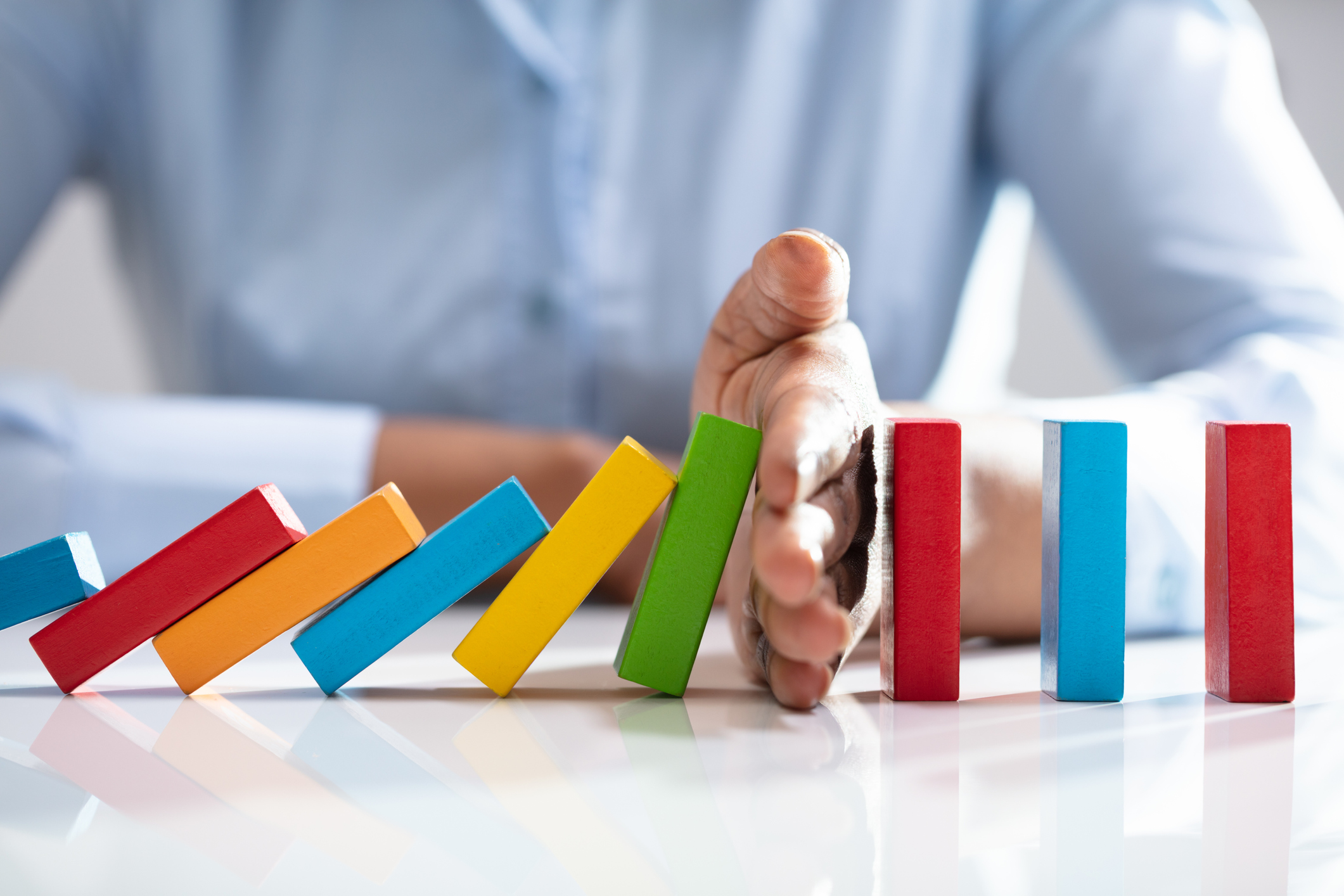Understanding fall risk is a critical factor in helping older adults avoid injury and promote physical function that allows seniors to live independently longer, and with greater community participation. Regular exercise including strength and balance training, decluttering at home, and good lighting are just a few of the many strategies seniors can employ to prevent falls leading to injury. A new Australian digital gait-measuring device in development will take prevention one step further by using walking, posture, cadence, speed and length of stride to predict the user’s likelihood of having a fall.
According to a recent MobiHealthNews report, researchers from Neuroscience Research Australia and the University of New South Wales have developed an algorithm that accurately measures walking steadiness and speed. The subsequent activity tracker, the Watch Walk, uses a built-in accelerometer to provide insight into the wearer’s overall health and functional decline.
In an initial study of movement data from 101 participants between the ages of 19 and 81, the algorithm was tested. A subsequent study of roughly 79,000 participants aged 46 to 77 who wore the tracking device on their wrist for a week validated the algorithm’s accuracy for precisely recording movements.
Falls are a top cause of injury among older adults which often leads to hospitalization and a loss of physical function that can prevent seniors from living independently. The Watch Walk mobile app is currently in development and it is hoped the device will be released by late 2023. By catching early signs of a gait problem, with physical therapy and other strategies, more seniors could avoid falls and injury.
To learn more about fall prevention and general home safety for older adults, follow this link to access Vancouver Coastal Health’s Fall & Injury Prevention program video series.






Add Your Voice
0 Comments
Join the Discussion